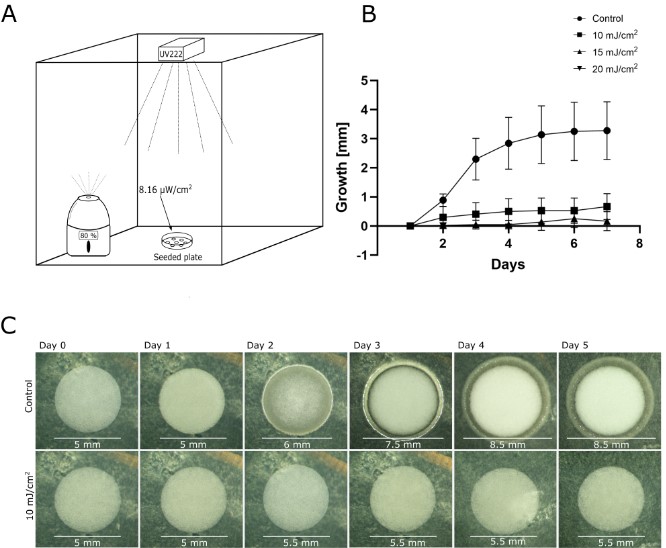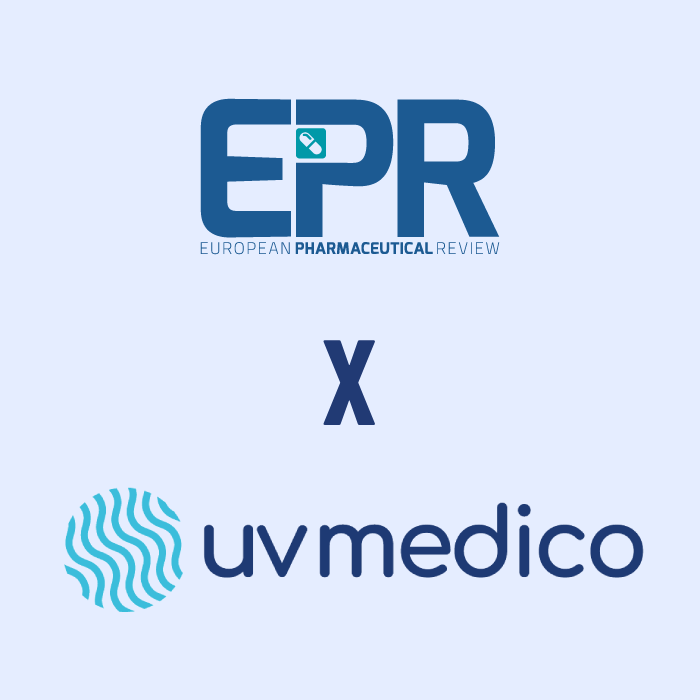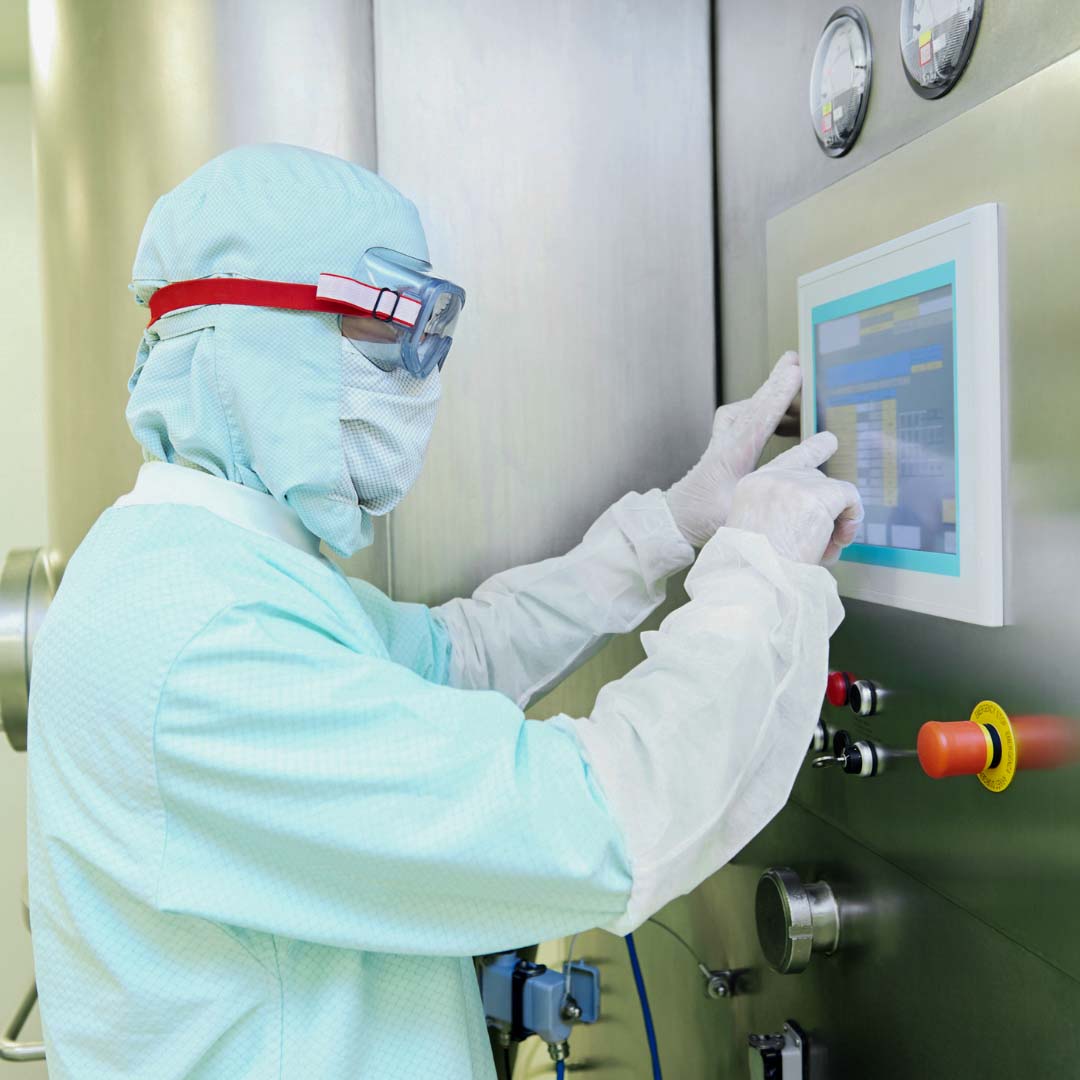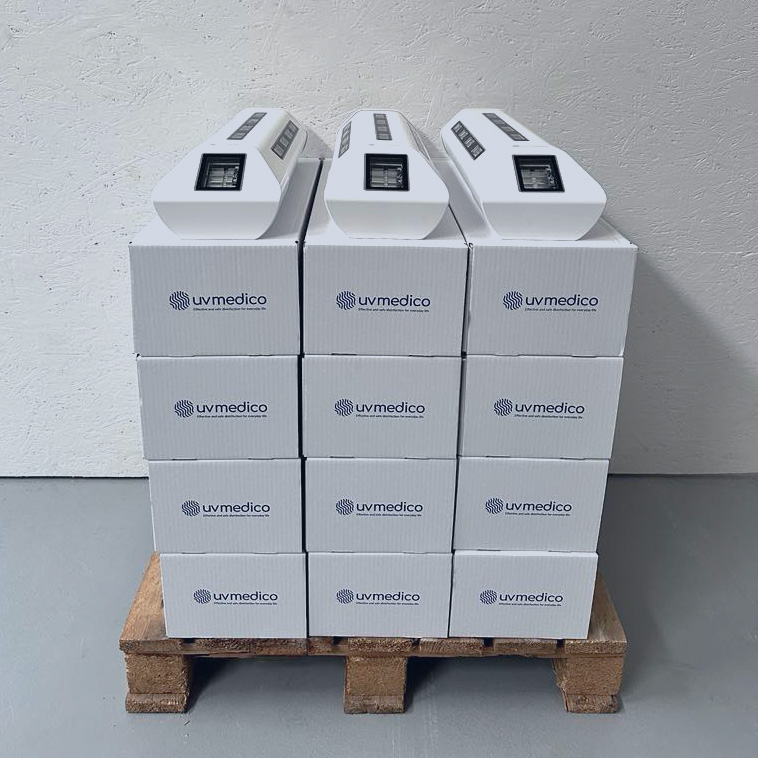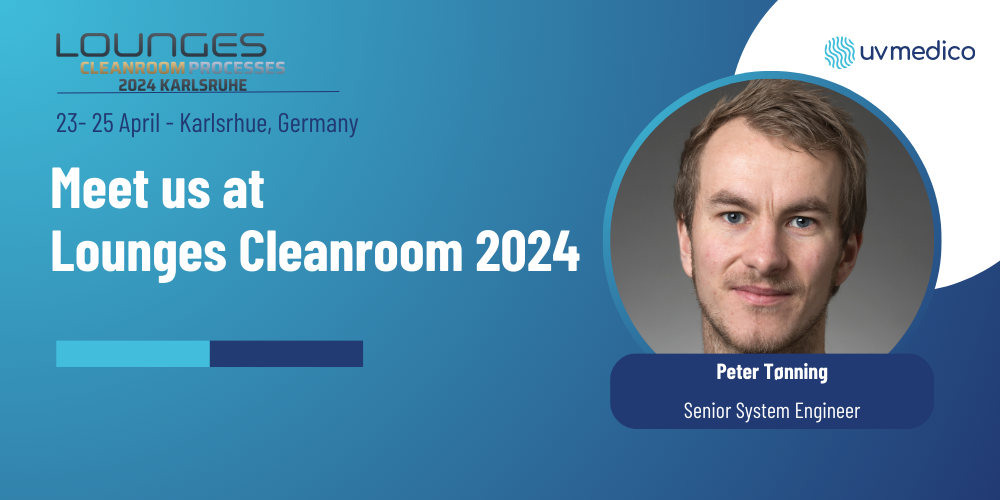3 min read
2 min read
Let the Invisible Light Shine – Tackling Mold with Human-Safe, Low-Dose Far-UVC Light
Emilie Hage Mogensen
:
3/6/24 1:32 PM
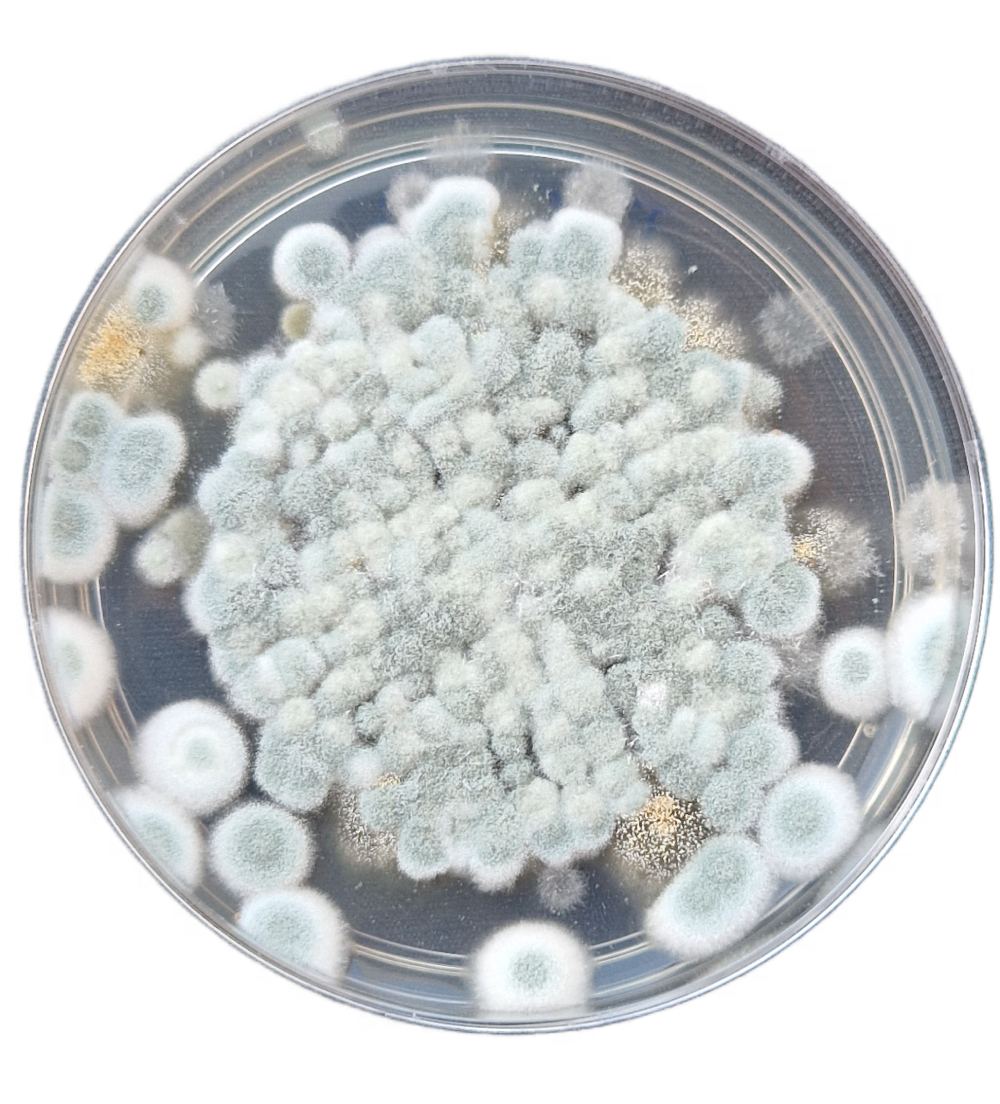
Molds possess the uncanny ability to infest any damp surface, whether in our homes or within hospitals walls, compromising the air quality by producing airborne spores. These spores are not just mere irritants; they can trigger severe asthma and allergies in healthy individuals and, in hospitals settings, pose a lethal threat to the vulnerable patients.
In our latest research project at UV Medico, we explored the efficacy of Far-UVC light at 222 nm (UV222) against these common spore-producing molds. Our findings revealed that even low intermittent doses of UV222 are potent enough to halt mold growth – a configuration that mirrors real-world use. This underscores UV222’s potential to enhance indoor air quality and mitigating the threat of harmful fungal infections.
As a research scientist in the biology department at UV Medico, I often venture into uncharted territories that sometimes necessitate skills that I do not have – yet. The mold study was no exception, requiring me to construct two robust, meticulously sealed boxes to harbor mold spores without turning our office into a biohazard zone.
After assembling the boxes with my newly acquired carpentry skills, I created controlled environments inside them, complete with spore-producing mold donors and sterile recipient agar plates. I maintained a humidity level of 80% to ensure optimal conditions for spore dispersal and growth on the recipient plates.
The distinguishing feature between the two boxes was the installation of a UV222 lamp in one, emitting low-dose far-UVC light cycles. Despite being familiar with the power of UV222 from my previous research, the effectiveness of such minimal doses in preventing mold growth was still pleasantly surprising. To understand my surprise, we must backtrack a bit and revisit the conventional use of UVC light in germicidal applications.
Traditional UVC light at 254 nm is well-known for its germicidal applications but it comes with a significant drawback – it is unsafe for human exposure. Hence, it is typically applied in high doses in environments devoid of humans or for purifying water. This sparked a demand for a solution safe for human presence, with UV222 as a promising candidate.
Many studies within the Far-UVC field have replicated the approach used with traditional UVC light by subjecting microorganisms to a single, intense light dose. This method contrasts starkly with how Far-UVC technology is actually used in real-world settings. Our mold study stands out as the first to test UV222 in a configuration that aligns with it practical implementation outside the lab.
Read Emilies Research Paper here
In short, those low-dose cycles of UV222 light effectively kept the mold growth at bay.
The WHO advises keeping indoor environments mold-free to avoid associated health risks. Our research suggests that UV222 could be a game-changer, not only for hospitals looking to dodge devastating fungal infections, but for any building susceptible to mold infestations due to water leaks or high humidity, enhancing air quality and reducing health issues such as asthma and allergies.
Our research at UV Medico bridges the gap between groundbreaking academic research and real-world applications. While our paper undergoes peer review – a critical checkpoint where fellow experts assess and approve our findings – you are invited to explore the study in its pre-print form online
Want to read more articles like this - Sign up for our Newsletters
Latest articles from UV Medico
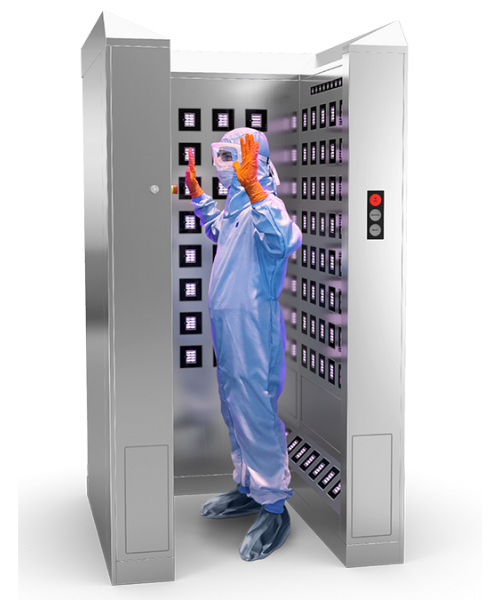 Read More
Read More
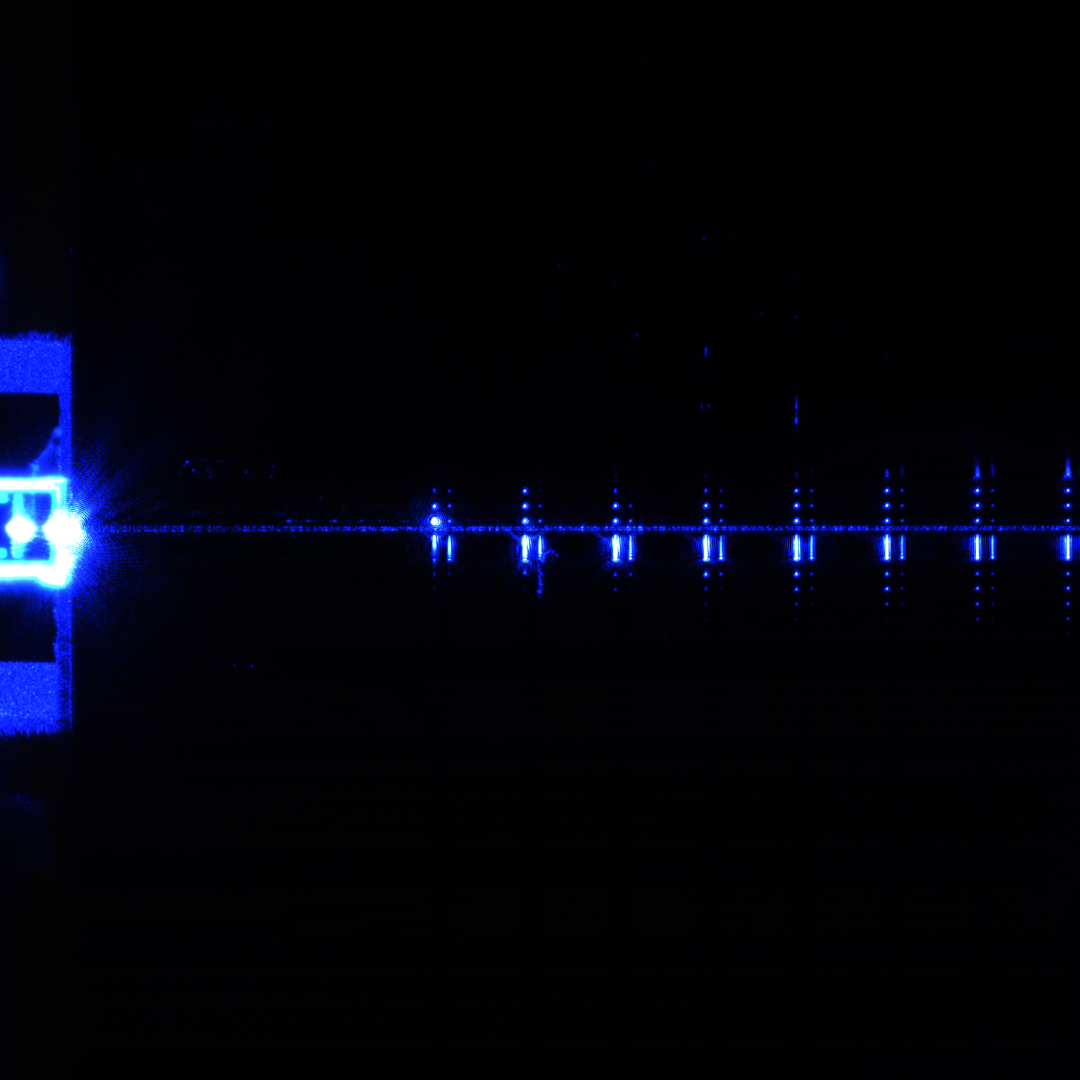
2 min read

 UV222™
UV222™ UV222 Linear
UV222 Linear UV222 Downlight
UV222 Downlight Vertex 222
Vertex 222.png) UV222 Pendant
UV222 Pendant.png) UV222 Booth
UV222 Booth.png) UV222 Step-On
UV222 Step-On.png) UV222 Cleanroom Downlight
UV222 Cleanroom Downlight.png) UV222 Pass-Through Box
UV222 Pass-Through Box.png) UV222 Material Airlock
UV222 Material Airlock UV222 Ambulance
UV222 Ambulance UV222 Vehicle
UV222 Vehicle UV222 Industrial
UV222 Industrial